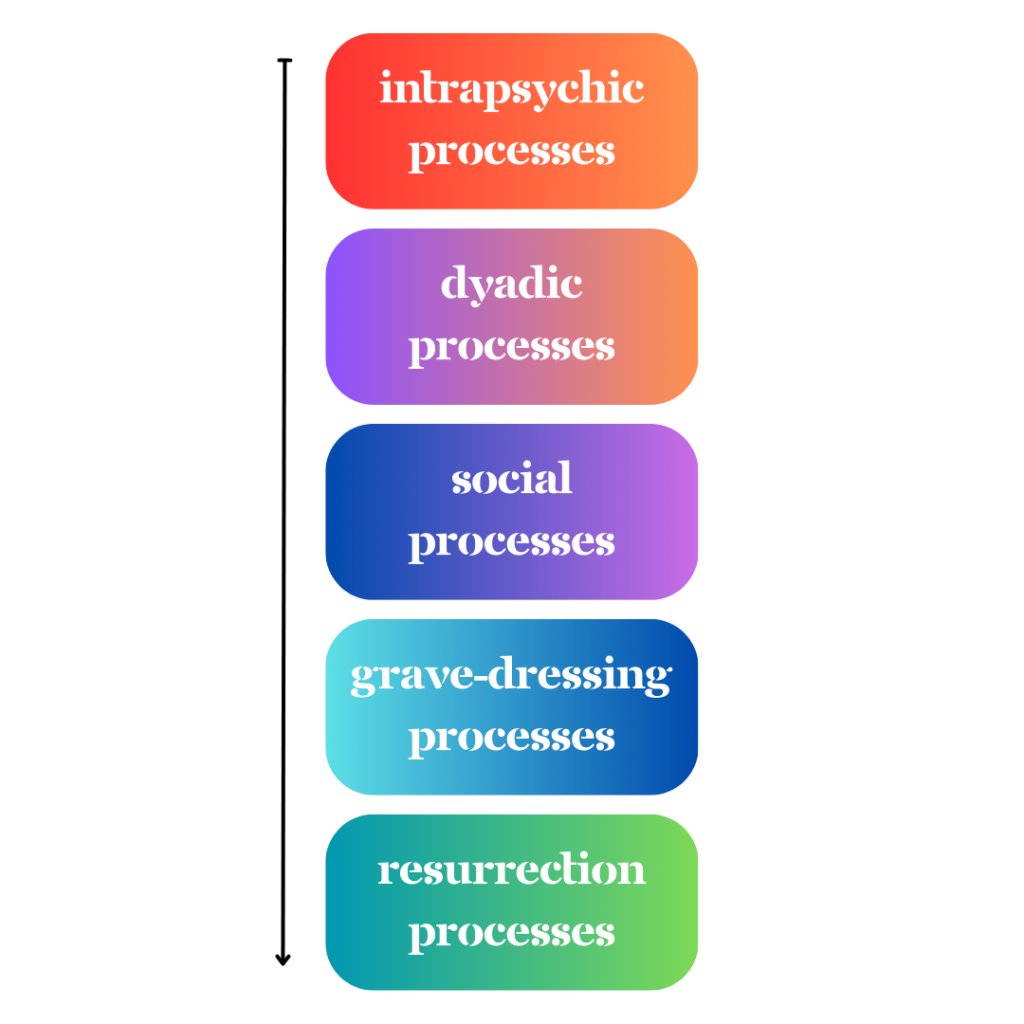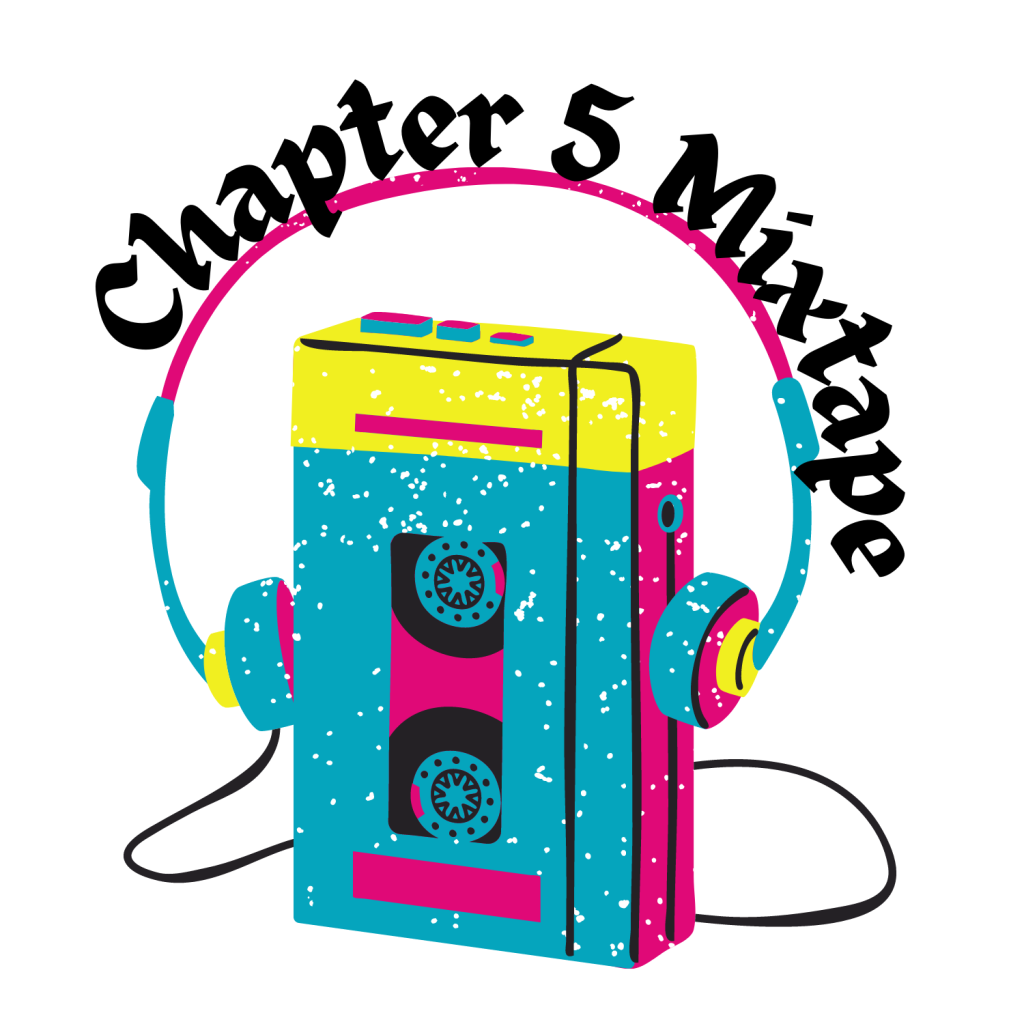5 All Out of Love
Revisiting Danielle and Grayden
Danielle and Grayden’s relationship experienced a transformation during their final semester in college as they each prepared to embark on new paths after graduation. Danielle had secured a spot in a graduate program, while Grayden had a job offer in another state. Both individuals were focused on their respective futures, and, as a result, their communication with one another became strained. Despite their desire to spend their remaining time in college together, they found it increasingly difficult to discuss their plans for the future without experiencing tension and discomfort.
Danielle and Grayden began to spend less time together as the weeks progressed. Danielle turned to her friends for comfort and support, as they, too, were facing similar transitions because they were all going their separate ways after graduation. At the same time, Grayden worked longer hours to save money for the move he would make across the country. The frequency of their communication also began to decline, and their conversations became more superficial compared to how they once were. The once strong bond they shared appeared to unravel as they each became increasingly focused on their own individual futures.
It was not until after graduation that Danielle and Grayden began to have a serious conversation about the future of their relationship. After much discussion, they both agreed that a long-distance relationship was not feasible given their plans and decided to end their relationship as a couple. However, regardless of their breakup, they both agreed to remain in contact. Over the years, Danielle and Grayden occasionally communicated by exchanging holiday greetings and occasional updates on their lives. Though they remained friendly, it was clear that their connection had dissipated, and they were now mere acquaintances. Despite the pain of their separation, both individuals recognized the significance of their relationship and its profound impact on their personal growth. Although they eventually moved on, they never forgot the special connection they had shared during their college years.

When was the last time you realized that one of your relationships was ending? What tipped you off?
Relational Dissolution
As we learned in Chapter 4, interpersonal relationships undergo various relational stages that are influenced by how we communicate with each other. The previous chapter examined the different communication models that revolve around relational development. In this chapter, we will cover how our communication can impact the relational stages we transition through and potentially lead to relational dissolution. By reflecting on the previous chapter, we can recall that relational development is not always a unidirectional process as it can also regress (also referred to as dissolution). It is crucial to remember that each relationship goes through unique relational stages at a different pace and will not always be linear. Therefore, not every relationship will have the same path through the different relational stages, making each interpersonal relationship distinct from the others in one’s life.
Relationship dissolution—growing apart—is common and can have a considerable impact on one’s life (Cupach & Metts, 1986). Relationship dissolution can manifest as the gradual or rapid breakdown of romantic partnerships, friendships, or any other kind of relationship. Similar to the stages of relational development, relational dissolution often occurs as a set of identifiable phases (Duck, 1982). Researchers have developed multiple models outlining the different stages of relational dissolution, which are highlighted in this chapter. Such models are important tools for building our understanding of how relationships undergo the process of relational dissolution and may ultimately reach a state of termination.
5.1 Relational Dissolution in Phases: Duck’s Model
Interpersonal relationships often undergo a process of relational dissolution in various contexts. Many different ranges of factors can impact interpersonal relationships. For instance, a friend or family member may relocate and start to decrease the frequency of communication with those in the place they left behind, which could lead to the relationship dissolving, or a romantic partner may decide to end a relationship. Some relationships can terminate because of abuse, infidelity, and a change of feelings. As a result, the relationships we experience remain in a state of constant transition; our communication patterns change as we move between stages of dissolution.
Duck’s Phase Model of Relationship Breakdown, created by Steve Duck (1982), is a framework that identifies the different stages of relational dissolution. Duck’s (1982) model is useful in understanding the complexities of relational breakdown and recognizing its different stages. Importantly, the model serves as a roadmap for navigating the challenging emotional terrain of relationship breakdown and can also help individuals begin the healing process following relational termination. Overall, the model is an important means for providing a structured way to understand and cope with the process of relationship dissolution.
According to Duck’s (1982) model, there are four distinct phases that relationships go through before ultimately ending: the intrapsychic processes phase, the dyadic processes phase, social processes phase, and grave-dressing processes phase. A fifth phase, resurrection processes phase, was later developed by Stephanie Rollie and Steve Duck (2006) as an extension to the model.
- The Intrapsychic Processes Phase is denoted by an individual’s internal dissatisfaction with the interpersonal relationship they are involved in. During this phase, an individual analyzes the reasons behind their dissatisfaction before expressing their concerns to their partner. The intrapsychic processes phase is highly introspective, as one must evaluate the pros and cons of remaining in the relationship. This assessment involves thinking about the costs and benefits of the relationship and considering how it fits with one’s long-term personal values and goals.This phase is a critical one when it comes to managing relational breakdown. It enables individuals to gain a clear understanding of their emotions and motivations before engaging in any communication with a partner regarding their feelings. By taking the time to reflect on and analyze why there is dissatisfaction, the individual can express their concerns and desires more effectively, leading to a more constructive conversation. It is essential to note that a breakup is not always the inevitable outcome at this stage. Instead, the dissatisfied individual often seeks to maintain the relationship by resolving the problem through constructive communication.
- The Dyadic Processes Phase, the second phase of relational breakdown, is characterized by one individual confronting another about their personal dissatisfaction with the relationship. During this phase, both individuals may attempt to reconcile and engage in constructive communication to resolve the issues and preserve the relationship. Open and honest communication between the parties involved makes the resolution of issues threatening the relationship’s stability possible. For example, a couple may have a disagreement about frustrations with or resentment toward each other, but they may discover ways to resolve the problems at hand and enhance their relationship. However, if unresolved issues remain, this phase can lead to a breakup. In such situations, it becomes apparent that some differences are irreconcilable, and the termination of the relationship becomes necessary.
- Social Processes Phase is the third phase of relational dissolution, and it is a significant turning point that involves a public announcement of the partner or partners’ discontent within the relationship. At this phase, the dissatisfaction is no longer a private matter, and its disclosure can profoundly affect the relationship’s viability. Although the relationship can still be saved during this phase, it is more likely to result in relational dissolution. This is due to the potential for friends and family members to take sides and become involved in the conflict, which places constraints on the relationship’s dynamic. When the dissatisfaction is made public, it can create a ripple effect, leading to a loss of privacy and a sense of vulnerability for all parties involved. This can cause one or both parties to feel stigmatized or ostracized, which can further deteriorate the relationship’s foundation. As such, the social processes phase is a pivotal point in relational dissolution, which can determine the outcome of the relationship.
- Grave-Dressing Processes Phase, the fourth phase of the relational breakdown, occurs when the relationship reaches a point of termination. During this phase, both individuals attempt to make sense of the breakup and deal with the aftermath by constructing narratives that often underrate their faults and accentuate their positive attributes. This process is a form of self-preservation meant to protect one’s self-image from damage and sometimes in preparation for potential future relationships. At this phase, individuals may use various strategies to protect their self-esteem and reputation such as seeking validation from others and portraying themselves positively by emphasizing their positive qualities and downplaying their negative traits. However, it is important to understand that this phase can also be a source of tension, conflict, and hurt. Relational partners often have different interpretations of the relationship’s termination, which may exacerbate the turmoil of the breakup. This phase can also lead to individuals developing a new sense of self-identity. After all, their previous relationship experience has shaped them because they have learned new lessons, making them stronger and more discerning.
- Resurrection Processes Phase, the fifth and final stage of relational breakdown (Rollie & Duck, 2006), extends the model to include the time after the breakup characterized by attempts to use past relationship experiences to achieve personal growth. During this phase, individuals may develop a new sense of self-identity, one that is informed by the lessons learned from their previous relationship. At this phase, individuals may choose to publicly talk about their dissolved relationship as an experience that has made them stronger and wiser. Further, they may reflect on the lessons learned from their past relationship and use these insights to develop a new sense of purpose and direction in their lives. In doing so, they can turn their negative experience into a source of empowerment and growth.

Phases of Duck’s (1982) Model
Self-Reflection Exercise
Think about an important relationship in your life that has recently been through some or all of the stages of Duck’s (1982) model. Which stage of relationship breakdown are you in? How do you feel you have you coped with that change?
5.2 Knapp’s Relationship Termination Model
Another helpful model for understanding the dissolution of interpersonal relationships is the Model of Interaction Stages (Knapp, 1978; Knapp et al., 2005). The “coming apart” portion of this model has five stages and, similarly to Duck’s (1982) model, does not have to occur in its entirety—rather, partners can manage to regress in the model as they come back together or skip a stage (or stages) en route to terminating the relationship entirely. The stages of this model include:
- Differentiating: This refers to the initial stage of relationship dissolution in which differentiation emerges between partners and one or more of the individuals involved in the relationship seek to prioritize their personal needs. This stage is generally characterized by a period of separation during which one or both partners strive to establish their own sense of identity. As a result, greater independence is established, which may eventually lead to the dissolution of the relationship as the couple transitions to subsequent stages of the model. However, differentiation alone is not always bad for relationships—especially romantic ones—as partners can become unhealthily codependent when independence is largely absent.
- Circumscribing: The second stage of this model refers to the circumscription or limiting of conversation, a change in which partners may sense a decline in the quality and frequency of their communication. This can be a result of establishing boundaries to prevent conflict or disagreements, yet partners may spend less time together and experience reduced physical affection and intimacy.
- Stagnating: The third stage of coming apart is indicated by a lack of growth and progress in the relationship, resulting in emotional and psychological stagnation for both partners. As the relationship reaches this stage, communication between partners often becomes even less frequent and more strained. This exacerbates feelings of distance and disconnection, further perpetuating the sense of feeling stuck that characterizes this phase of dissolution.
- Avoiding: The fourth stage of coming apart manifests as one or more individuals in the relationship beginning to consciously avoid physical and mediated contact with each other to circumvent further conversation or confrontation. As communication between partners becomes increasingly restricted, the likelihood of experiencing conflicts and arguments diminishes. However, this avoidance can also lead to a further sense of emotional disconnection and detachment, which can lead to relational termination.
- Terminating: The fifth and final stage of relationship dissolution is termination, when the relationship officially ends and all individuals go their separate ways. Termination of the relationship can occur in a variety of ways, ranging from a mutual decision to end things to a more isolated decision made by one partner. In some cases, termination may be a purposeful and planned event (e.g., a direct conversation about breaking up), while in others, it may occur more naturally and organically.
Danielle and Grayden’s Story: The Power of Narrative
The introductory narrative featuring Danielle and Grayden serves as an example of how a pair may move through the various stages of the relationship termination model. Through reading about their story of coming together in Chapter 4 then coming apart in Chapter 5, one can see that the gradual deterioration of their relationship was characterized by a series of transitions through various changes in the relationship itself. Observing narratives of relational dissolution can be a great tool for gaining critical insights into how the various phases of interpersonal dissolution shape the dynamics of our relationships. Can you recall any of the following?
- A TV show or movie in which a relationship dissolved and the outcome was a sad one? What about a positive dissolution?
- Are there any iconic break-up scenes that come to mind? What stood out to you?
- Have you ever read a book about a relationship that ends in a tragic way? What steps could have been to taken to stop or stall the tragic end?

Sometimes a broken heart is hard to heal. Other times it helps us get exactly where we need to go. In your experience are breakups more hurtful or opportunities for growth?
5.3 Dissolution as a Positive Outcome
The dissolution of a relationship should not necessarily be regarded as a negative outcome. Rather, growing apart can also have positive implications depending on the nature of the relationship. For example, the end of a relationship can provide an opportunity for individuals to cultivate their independence, prioritize their personal goals and needs, and focus on their physical and mental health. Dissolution is the most positive and most necessary outcome for those who have been in unhealthy or abusive relationships, allowing them to heal and move on to find healthy, quality relationships in the future. Therefore, it is important to recognize that relational dissolution can be a positive experience rather than always being viewed as a negative outcome—sometimes, growing apart is a gift.
Reflection Questions
Is there a particular instance in your life when you went through a challenging period due to a relationship ending?
How did you manage that relationship ending and what did you learn from that experience?
The Chapter 5 Mixtape
-
-
Phil Collins – “Against All Odds (Take a Look at Me Now)”
-
U2 – “With or Without You”
-
The J. Geils Band – “Love Stinks”
-
Journey – “Separate Ways”
-
Poison – “Every Rose Has Its Thorn”
-
Chapter References
Cupach, W. R., & Metts, S. (1986). Accounts of relational dissolution: A comparison of marital and non‐marital relationships. Communication Monographs, 53(4), 311-334. https://doi.org/10.1080/03637758609376146
Duck, S. (1982). A topography of relationship disengagement and dissolution. In S. W. Duck (Ed.), Personal relationships 4: Dissolving personal relationships (pp. 1-30). Academic Press.
Knapp, M. L. (1978). Social intercourse: From greeting to goodbye. Allyn & Bacon.
Knapp, M. L., Vangelisti, A. L., & Caughlin, J. P. (2005). Interpersonal communication and human relationships. Pearson.
Rollie, S. S., & Duck, S. (2006). Divorce and dissolution of romantic relationships: Stage models and their limitations. In M. A. Fine & J. H. Harvey (Eds.), Handbook of divorce and relationship dissolution (pp. 223–240). Lawrence Erlbaum Associates Publishers.


